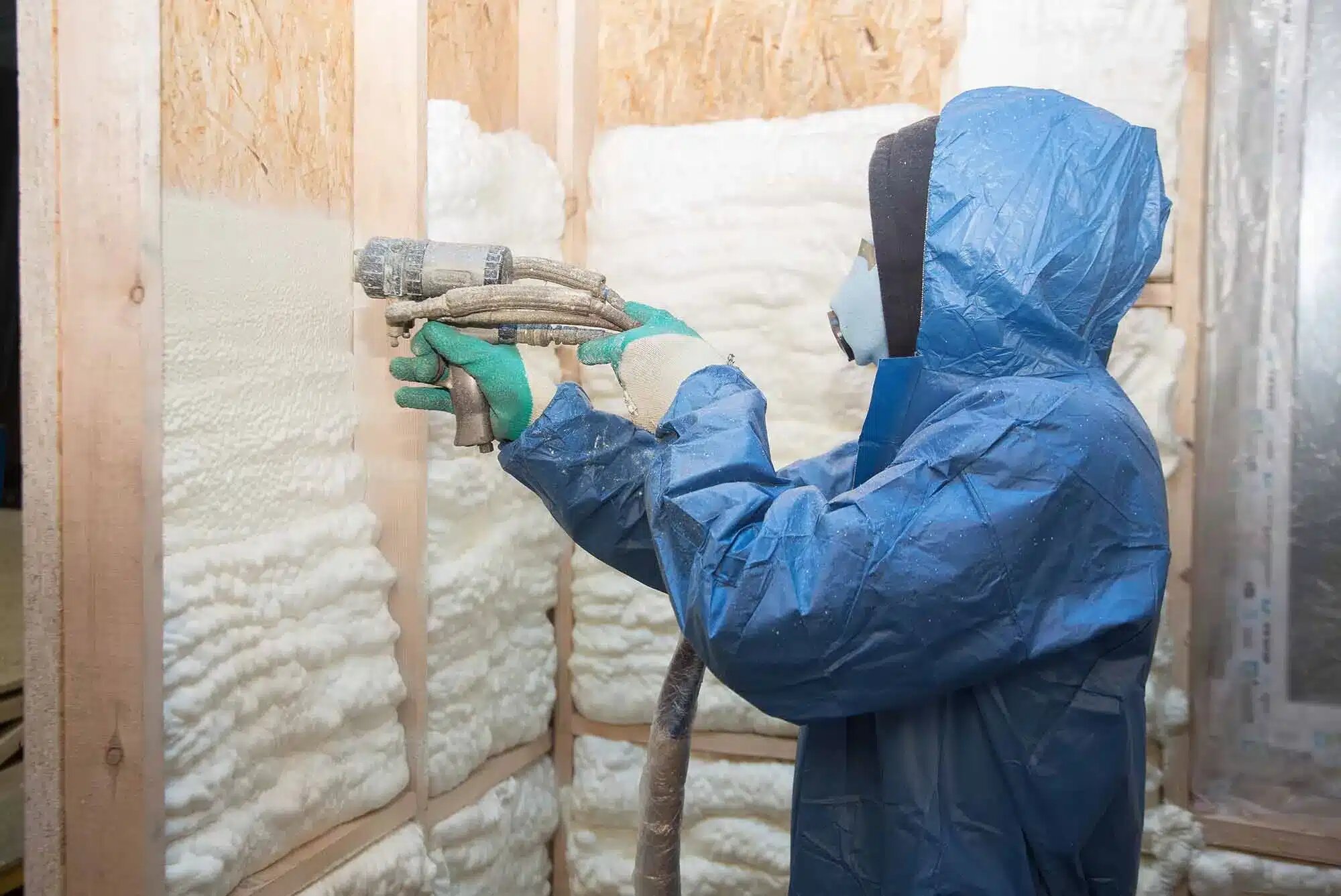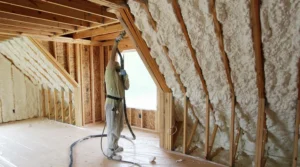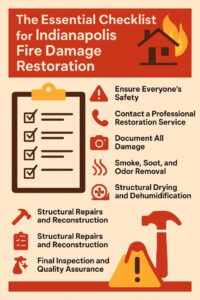Open-cell spray foam is a high-performance and environmentally conscious option for homeowners aiming to naturally reduce unwanted noise within their living environments. With its unique porous composition, open-cell spray foam significantly decreases airborne sound transmission such as human conversation, pet noise, television audio, and street traffic. Unlike traditional insulating materials, it offers a seamless solution that seals even the smallest voids, creating a continuous acoustic barrier.
The foam’s light yet expansive nature makes it especially effective at absorbing mid- to high-frequency sound vibrations, turning chaotic noise into manageable background ambiance. Along with sound dampening, it also provides robust thermal resistance, improving indoor temperature regulation. This guide explores how open-cell spray foam functions, its advantages compared to other solutions, detailed specifications, and essential considerations before installation.
How Open-Cell Spray Foam Works
Open-cell spray foam is composed of water-blown polyurethane that forms a network of interconnected tiny bubbles. These open cells create an ideal environment for capturing sound energy and slowing the transmission of noise across walls and ceilings. When sprayed, the foam expands rapidly, filling every crevice and forming a semi-rigid but breathable layer.
This material is especially effective in controlling airborne noise, making it ideal for bedrooms, home offices, shared walls, and media rooms. Its open structure allows it to dampen vibrations by converting sound energy into small amounts of heat.
Key Benefits
- Absorbs airborne noise, especially mid- and high-frequency ranges
- Creates a seamless seal that fills irregular wall geometries
- Provides thermal insulation that enhances energy efficiency
- Reduces energy costs through heat retention
- More environmentally friendly than synthetic or petroleum-heavy alternatives
- Minimally invasive once installed and does not settle over time
Technical Specifications
| Specification | Value/Description |
| Density | ~0.5 lbs per cubic foot |
| Sound Transmission Class (STC) | ~37 (varies by wall construction) |
| R-value (thermal resistance) | R-3.5 to R-3.7 per inch |
| Expansion Rate | Up to 100 times original volume |
| Material Composition | Water-blown polyurethane foam |
| Vapor Permeability | High (permits moisture diffusion) |
| Flame Resistance | Meets Class 1 building code standards |
| Installation Time | 1–2 days (typical for mid-sized home zones) |
Comparison With Other Soundproofing Methods
| Method | Sound Blocking | Air Sealing | Thermal Insulation | Eco-Friendly | Installation Complexity |
| Open-Cell Spray Foam | Moderate | High | High | Moderate | Moderate |
| Closed-Cell Spray Foam | Moderate | High | Very High | Low | High |
| Fiberglass Insulation | Low | Low | Moderate | High | Low |
| Mineral Wool | High | Moderate | High | Moderate | Moderate |
| Mass Loaded Vinyl (MLV) | Very High | Low | None | Low | High |
| Acoustic Panels | Moderate | None | None | Moderate | Low |
| Double Drywall + Green Glue | High | Moderate | Moderate | Low | High |
Things to Consider Before Making a Decision
Wall Type and Structure
Different building materials and wall types affect how sound travels. For optimal soundproofing, consider if your walls are made from drywall, concrete, or timber framing. Open-cell foam performs best in lightweight interior walls with cavities.
Climate and Moisture
Open-cell foam has high vapor permeability, making it suitable for allowing walls to “breathe.” However, in humid or damp environments, installing a vapor barrier in conjunction is advised to prevent moisture buildup and mold risk.
Budget and Installation
Compared to more comprehensive acoustic treatments, open-cell foam offers a cost-effective balance of insulation and noise reduction. It is less expensive than closed-cell foam but still requires skilled application to ensure proper expansion, adhesion, and safety compliance.
Long-Term Goals
Whether you’re retrofitting a home theater, planning a nursery, or soundproofing a shared duplex wall, clarify whether your primary goal is silence, comfort, or energy efficiency. Open-cell foam supports all three moderately well but isn’t the best option for impact noise like footsteps or vibration.
Bonus Tip: If noise from upstairs or plumbing is an issue, pair open-cell foam with underlayment or vibration-isolation clips.
Environmental Impact
Many open-cell foams now use water-based or plant-derived blowing agents, which reduce ozone-depleting emissions compared to older formulas. Verify the environmental certifications of your chosen product.
Installation Process
Step-by-Step Overview
- Inspect the space and identify cavities or open gaps
- Ensure wiring, HVAC, and plumbing are installed beforehand
- Cover nearby surfaces to protect from overspray
- Use professional-grade sprayers to apply foam in layers
- Allow foam to expand and cure over 24 hours
- Trim any overflow or excess foam to allow drywalling
- Finish with your preferred wall treatments (paint, panel, etc.)
Health and Safety Notes
- Installers must use protective gear (respirators, suits)
- Ensure proper ventilation during application and curing
- Post-installation, the material is chemically inert and safe
Bonus Tip: Schedule installation during moderate outdoor temperatures to reduce curing time and energy loss.
Common Questions
How thick should the foam be for effective soundproofing?
A thickness of 3 to 5 inches is usually effective for most residential walls. Thicker applications may increase thermal insulation but offer diminishing acoustic returns.
Does open-cell foam block all types of noise?
No. While it is effective at absorbing airborne sound (voices, music), it does not perform well against impact noise like footsteps or machinery vibration. For that, layered systems or decoupling strategies are needed.
Can I apply open-cell foam myself?
DIY kits exist, but they often lack the pressure or precision needed for effective application. Professional installers ensure code compliance, correct thickness, and proper curing.
Will it mold or retain water?
Because it is vapor-permeable, open-cell foam allows moisture to pass through and dry naturally. However, in persistently wet areas, pairing it with a moisture barrier or using closed-cell foam may be better.
Is it safe indoors long-term?
Yes. Once fully cured, the foam is stable, does not off-gas, and does not support mold growth. It also does not degrade or shrink significantly over time.
Topic FAQ
What’s the difference between open-cell and closed-cell spray foam?
Open-cell foam has interconnected bubbles that make it soft and breathable, ideal for sound absorption. Closed-cell foam is denser and water-resistant, offering structural reinforcement and higher thermal insulation.
Is open-cell spray foam good for exterior walls?
It can be used, but may require additional vapor controls or barriers in regions with high rainfall or freezing temperatures.
How long does open-cell spray foam last?
When properly installed and maintained, it can last the entire lifespan of the building. It doesn’t settle or degrade like loose-fill insulation.
Can I use it in combination with other materials?
Absolutely. Many homeowners use open-cell foam alongside mineral wool, acoustic panels, or multi-layer drywall systems to maximize soundproofing.
Does it reduce energy costs too?
Yes. By sealing air leaks and adding insulation value, open-cell foam helps reduce heating and cooling needs, lowering utility bills.
Make the Right Decision
Open-cell spray foam insulation service is a versatile solution that disperses both acoustic and thermal improvements in a single application. It works particularly well in interior walls, ceilings, and attics where airborne noise is the dominant concern. For homeowners aiming to reduce everyday sound naturally without major renovations, open-cell foam offers a compelling, long-term solution.
Before making a final decision, analyze your wall types, climate, and goals. Consult with a certified insulation or acoustics specialist to ensure compatibility with your home structure. In many cases, layering open-cell foam with additional noise-control materials provides an ideal mix of comfort, energy efficiency, and peace of mind.
Bonus Tip: Prioritize critical areas—like bedrooms, shared walls, or nurseries—for maximum benefit with minimal expense.











